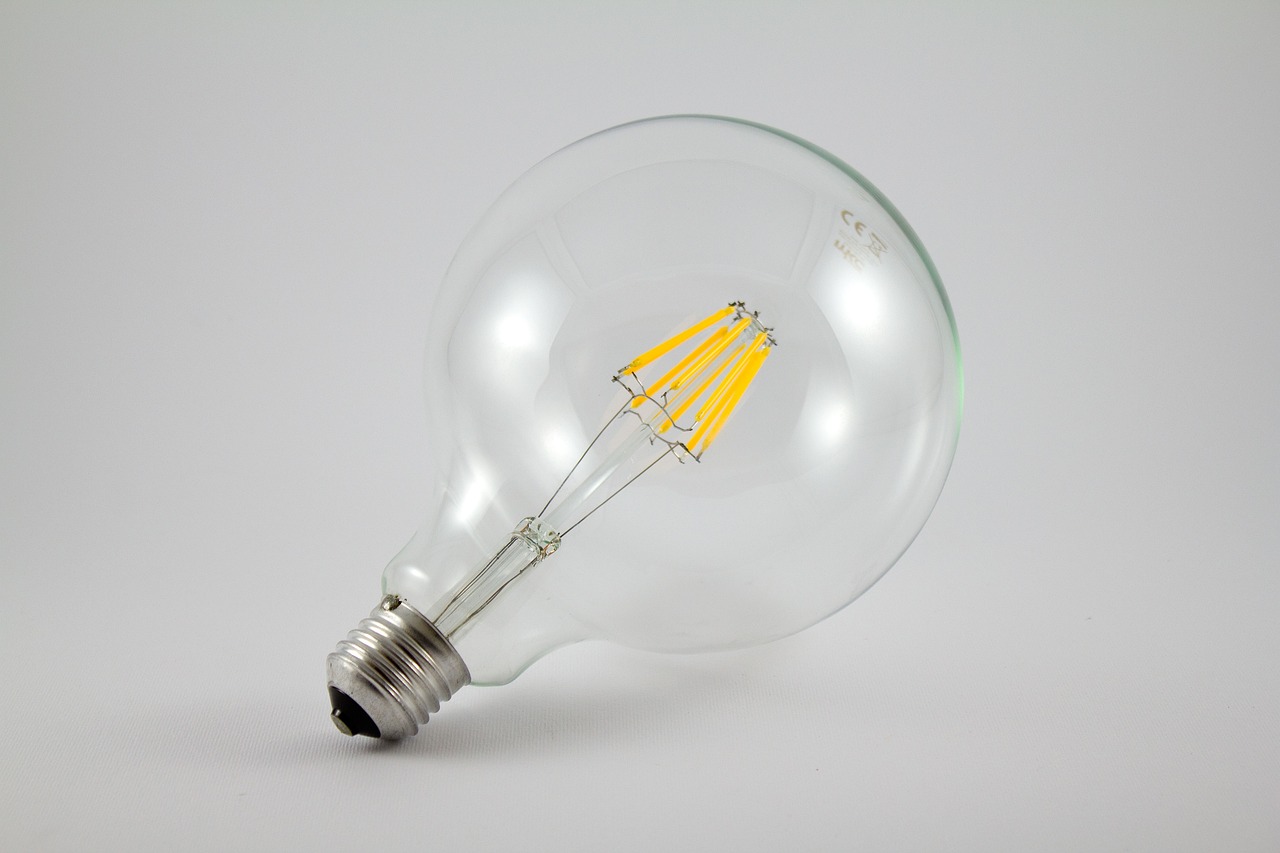
Homeowner’s Buying Guide to Battery-Powered Inverters for Emergency Backup
When the power goes out, most homeowners scramble to find flashlights, charge phones, and keep essential appliances running. Whether it’s a storm, grid failure, or planned outage, having a reliable backup power source can make the difference between inconvenience and crisis. That’s where battery-powered inverters come in—compact, versatile, and increasingly popular for residential use.
This guide is designed to help homeowners understand what battery-powered inverters are, how they work, and how to choose the right one for emergency preparedness, home convenience, and off-grid flexibility.
Table of Contents
Toggle⚡ What Is a Battery-Powered Inverter?
A battery-powered inverter is a device that converts DC (direct current) electricity from a battery into AC (alternating current) electricity—the kind used by most household appliances. Unlike traditional gas generators, these inverters are quiet, portable, and safe to use indoors. They’re powered by rechargeable batteries, often lithium-ion, and can run everything from phones and laptops to lights, fans, and even small refrigerators.
These devices are handy during short-term outages, allowing homeowners to maintain connectivity, comfort, and safety without relying on fuel or noisy equipment.
🔋 Why Choose a Battery-Powered Inverter Over a Generator?
Generators have long been the go-to solution for backup power, but battery-powered inverters offer several advantages:
- No fumes or noise: Safe for indoor use and quiet operation
- No fuel required: Rechargeable via wall outlet, solar panel, or vehicle
- Compact and portable: Easy to store and move around the house
- Instant power: No startup delay or warm-up time
- Modular systems: Expandable with additional batteries or solar input
One standout option for homeowners is the M18 Top Off inverter from Milwaukee. It’s designed to work with Milwaukee’s M18 battery platform and offers 175 watts of continuous power through an AC outlet, USB-A, and USB-C PD port. This makes it ideal for powering small electronics during outages or while working remotely from home.
🧠 Key Features to Consider
When shopping for a battery-powered inverter, here are the most important specs and features to evaluate:
1. Wattage Output
- Determines what devices you can power
- 150–300W: Phones, laptops, routers, lights
- 300–1000W: Fans, TVs, small appliances
- 1000W+: Refrigerators, power tools, sump pumps
Tip: Always check the wattage rating of your devices and choose an inverter with at least 20% more capacity than your highest load.
2. Battery Compatibility
- Some inverters come with built-in batteries
- Others use removable tool batteries (e.g., Milwaukee M18, DeWalt FlexVolt)
- Look for lithium-ion for longer life and faster charging
If you already own compatible batteries, like Milwaukee’s M18 series, you can save money by purchasing the inverter alone.
3. Port Configuration
- AC outlets for standard plugs
- USB-A for phones and accessories
- USB-C PD for fast-charging laptops and tablets
- DC car port for vehicle integration
The M18 Top Off, for example, includes all three port types, making it a versatile choice for homeowners who need to charge multiple devices simultaneously.
🏠 Use Cases for Homeowners
Battery-powered inverters aren’t just for emergencies—they’re useful year-round:
🔦 Power During Outages
- Keep phones, radios, and lights running
- Maintain internet access with a powered router
- Charge medical devices or backup batteries
🧳 Portable Power for Travel
- Use in the car for road trips or camping
- Power devices in hotel rooms without enough outlets
- Recharge gear while off-grid
🧰 Home Office Backup
- Prevent data loss during outages
- Keep your laptop, monitor, and Wi-Fi running
- Avoid interruptions during virtual meetings
🌿 Outdoor Use
- Power speakers, lights, or projectors for backyard gatherings
- Run small tools for gardening or DIY repairs
- Charge devices while relaxing on the patio
📐 Sizing Your Inverter for Home Use
Here’s a simple framework to estimate your power needs:
| Device | Wattage | Runtime (on 175W inverter) |
|---|---|---|
| Smartphone | 5–10W | 15–20 charges |
| Laptop | 45–65W | 2–3 hours |
| Wi-Fi Router | 10–15W | 10–12 hours |
| LED Light Bulb | 8–12W | 12–15 hours |
| CPAP Machine | 30–60W | 2–4 hours |
Note: Actual runtime depends on battery capacity. A 5Ah M18 battery will deliver less runtime than a 12Ah pack.
🧪 Safety and Maintenance Tips
Battery-powered inverters are generally low-maintenance, but here are a few best practices:
- Store batteries in a cool, dry place
- Charge batteries every 3–6 months to maintain health
- Avoid overloading the inverter—check wattage limits
- Use surge-protected outlets for sensitive electronics
- Keep firmware updated if your inverter supports it
🛒 Where to Buy and What to Ask
When shopping for an inverter, consider:
- Brand compatibility: Does it work with your existing batteries?
- Warranty and support: Look for at least 1-year coverage
- Portability: Weight, size, and handle design
- Charging options: Wall, solar, car adapter
- Reviews and ratings: Focus on real-world use cases
Retailers like Home Depot, Lowe’s, and Amazon carry a wide range of models, including the M18 Top Off and similar compact inverters. Ask about bundle deals with batteries or chargers if you’re starting from scratch.
✅ Final Checklist for Homeowners
Before you buy:
- Identify your essential devices and their wattage
- Choose an inverter with enough output and ports
- Confirm battery compatibility and runtime expectations
- Plan for recharging (solar, wall, car)
- Store your inverter and batteries in an accessible location
- Test your setup before an actual outage
🧭 Conclusion
A battery-powered inverter is one of the smartest investments a homeowner can make for emergency preparedness and everyday convenience. Whether you’re dealing with a blackout, working from home, or heading off-grid for the weekend, a compact inverter like the M18 Top Off offers reliable, quiet, and flexible power when you need it most.




